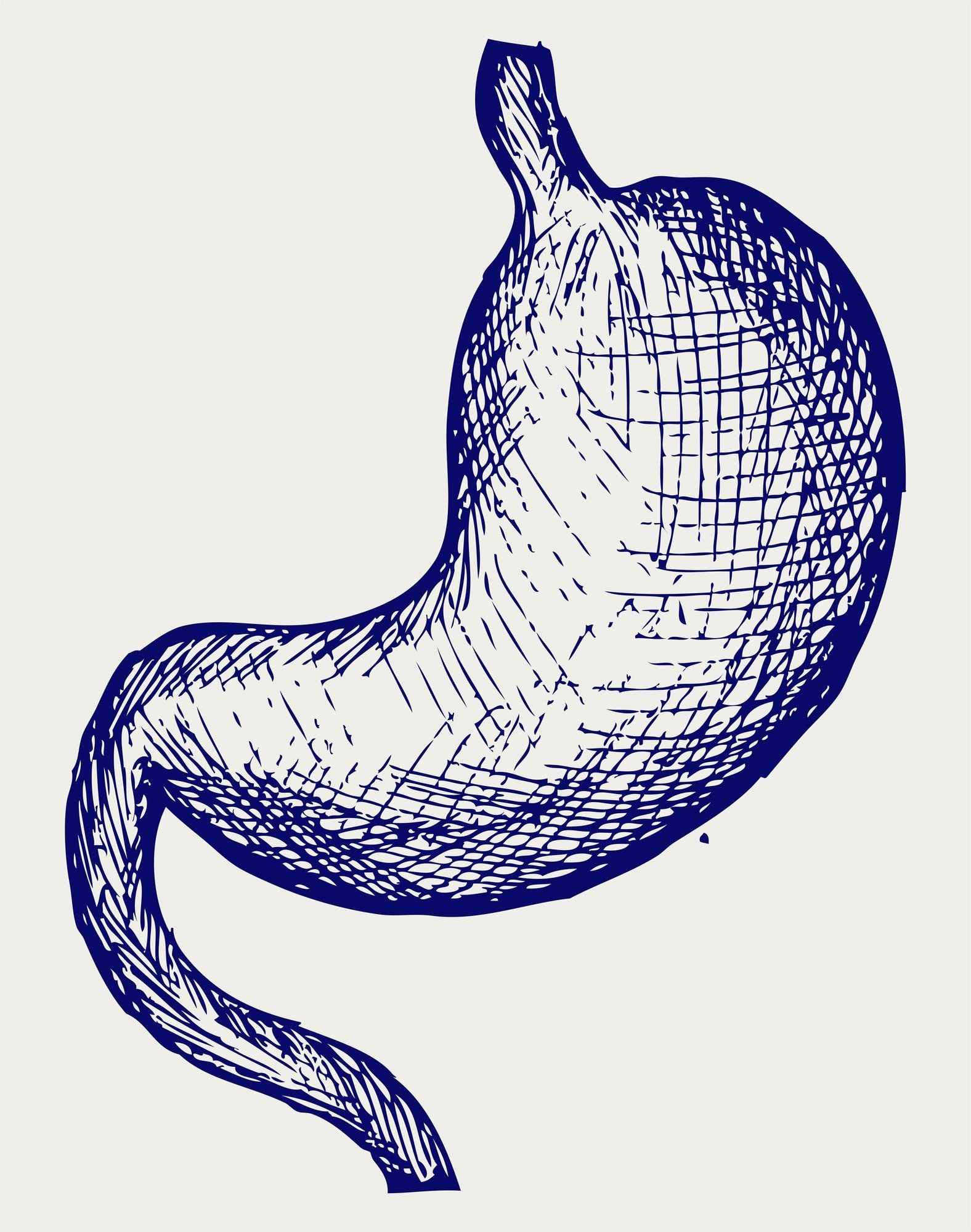Transoral Gastric Outlet Reduction
It is not unheard of for a patient to experience weight gain after undergoing bariatric surgery. A Transoral Gastric Outlet Reduction is an incisionless endoscopic procedure that tightens the stomach. Strengthening areas where the stomach has stretched.
Transoral Gastric Outlet Reduction
How is the Transoral Gastric Outlet Reduction Performed?
Do I Qualify for a Transoral Gastric Outlet Reduction?
- Have regained 20% or more of the weight lost from their initial bariatric surgery.
- A willingness to be observed and interviews in a medically supervised program.
What Can I Expect After a Transoral Gastric Outlet Reduction?
After receiving a Transoral Gastric Outlet Reduction patients will be asked to stay for a short observation period. Once at home, patients may feel some abdominal pain or cramps, which will be alleviated by medication prescribed by Dr. Michel Kahaleh.
Patients should feel back to their normal self after 2 to 3 days. With the inclusion of being satisfied after smaller meals, one again.
More importantly, the patient will undergo regular consultations with their bariatric therapy team. In order to lose the weight that has been re-gained. As well as continue to lose weight at a healthy pace and keep the weight off.
How Much Weight Can I Expect to Lose?
What are the Risks of a Transoral Gastric Outlet Reduction?
Who is Not a Candidate for Transoral Gastric Outlet Reduction?
- Have not received any other Bariatric Surgery or Bariatric Endoscopic procedure.
LOCATION
Robert Wood Johnson University Hospital
1 RWJ Place, MEB 491C
New Brunswick, NJ 08901
CLINIC HOURS
- Mon - Fri
- -
- Sat - Sun
- Closed
Michel Kahaleh Gastroenterologist | All rights reserved

